Thank you to Cathy Mere and Mandy Robek for hosting the Picture Book 10 for 10 (#PB10for10).
The rules are simple:
What: 10 picture books you can’t live without
Hashtag: #PB10for10
Who: Anyone who is interested—educators, authors, media specialists, librarians, parents, and book lovers.
When: Thursday, August 10, 2017
Where: All posts will be linked on the Picture Book 10 for 10 Google Community Site.
Our 2017 Topic: Favorite Picture Books to Use in the Secondary Classroom
Freedom Summer by Deborah Wiles (Aladdin, 2005).
(Ricki’s Review | Kellee’s Review)
Ricki: This book is beautifully written and the characterization is wonderfully done. I enjoy reading this book to discuss the intricacy of picture books and their application within units. This books reminds older students that picture books aren’t just for young kids.
Kellee: I feel that this picture book portrays a part of the Civil Rights Movement that most kids don’t know about unless they’ve been explicitly talked to about it. Freedom Summer gives me a way to start the conversation.
Red: A Crayon’s Story by Michael Hall (Greenwillow, 2015).
Ricki: We use this book when we talk about identity. I love reading this text aloud and then asking students about the author’s purpose. Many think that he is discussing disability and others argue that he is discussing gender identity. The interpretations remind us how texts give different interpretations, and this is a very good thing.
Kellee: Identity is something that everyone is struggling with in middle school, and I loved reading this book with my students and listening to their conversation about the crayons. When they begin to connect it to human identity, some really fascinating discussions break out.
Each Kindness by Jacqueline Woodson (Nancy Paulsen, 2012).
(Ricki’s Review | Kellee’s Review)
Ricki: I love to read this book on the first day or on any day that I am noticing classroom tensions. What I love about this book is that it teaches kindness without being didactic. The story goes beyond the theme of kindness and reminds readers about regret. This is a beautiful book that earns its place in classrooms of all levels.
Kellee: I begin every year with this book, and my students make kindness goals for the year to help ripple kindness throughout the school.
Locomotive by Brian Floca (Atheneum, 2013).
Ricki: I love to show this book right before a research project/paper. It shows an example of high quality research and reminds readers that a lot of research is required in order to present a high quality product.
Tomás and the Library Lady by Pat Mora (Knopf, 1997).
Ricki: This is a great book to start a conversation about being culturally responsive to other people. The library lady is very sensitive to Tomás, and the book makes readers want to be better people. My bilingual education teacher read this to my class, and I think of it often. I always enjoy reading it aloud.
The Dot by Peter H. Reynolds (Candlewick, 2003).
Kellee: I love to participate in Dot Day because it truly shows kids the range of what art is and the importance of creativity. I use The Dot to introduce this discussion then every student makes their own dot that symbolizes them.
Ricki: This is a fantastic book to discuss imagination. I show this book when I am trying to kickstart ideas about projects. Because I make strong attempts to allow a lot of flexibility in projects, this book is great to simply inspire students to examine ideas differently.
Last Stop on Market Street by Matt de la Peña (Putnam, 2015).
(Kellee & Ricki’s Review)
Kellee: I wrote a whole post just on using this book with my middle school students because students really found the depth and beauty in this amazing picture book.
Ricki: This book reminds us that picture books are anything but simple. I love to use this book to talk about themes and hidden messages in writing. Then, we apply this idea to our own writing. Reading this book reminds us to look at writing more deeply.
The Day the Crayons Quit by Drew Daywelt (Philomel, 2013).
Kellee: This is another superb crayon text that uses the idea of crayons being expected to act or do one thing really stunting the creativity and identity of the crayons. Also, the book is written in
Ricki: This book is funny, creative, and cleverly written. I’ve had students use this book for readers’ theater, and their performance was hysterical. Each student took the time to memorize their speech, and we talked about all of the qualities of a good speech.
Normal Norman by Tara Lazar (Sterling, 2016).
(Kellee & Ricki’s Review)
Kellee: I love the discussions of normal that this book brings up. You’ll notice, a lot of the picture books I read with my students discuss identity and kindness because picture books are such a perfect way to get conversations about tough subjects started. Norman shows us that what you think is normal may not be what another person thinks is normal, and being abnormal doesn’t mean anything is wrong.
Ricki: This is a great book to talk about what it means to be “normal.” I love to use this book to kick off discussions that queer the concept of normalcy.
Dear Dragon by Josh Funk (Viking, 2016).
(Kellee & Ricki’s Review)
Kellee: I am going to use Dear Dragon in my classroom for the first time this year! I want to get my student pen pals, and I am going to use Dear Dragon as an introduction to the idea. I’m not sure how I’m going to execute the pen pals yet, but there is also the theme of first impressions and judging based on looks that is perfect for our discussion on themes!
Ricki: Yes, Kellee! I have yet to use this book, but it would be a phenomenal text to start a student pen pal program! You might also use this book to talk about expectations and judgment.
What are your favorite books to use in the secondary classroom?
Don’t forget to check out all of the other #PB10for10 posts by visiting the Google community site or searching on Twitter!




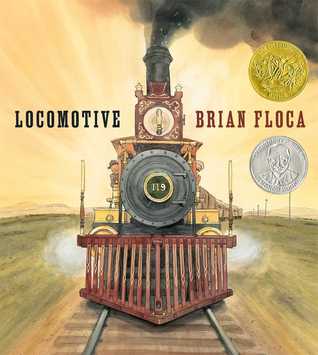
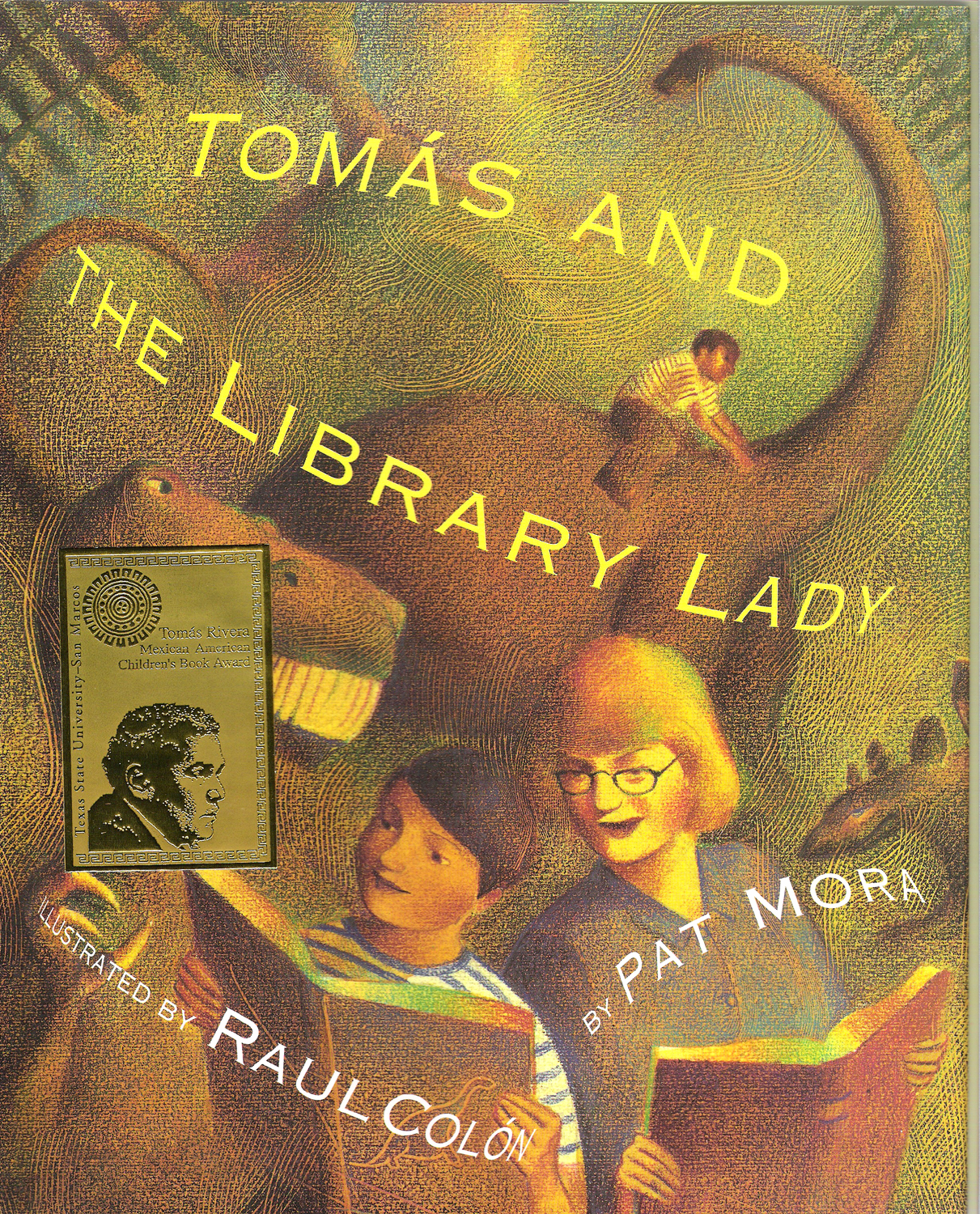
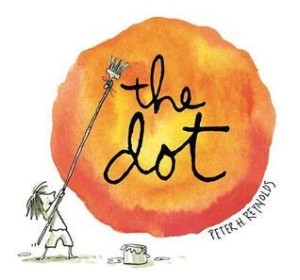
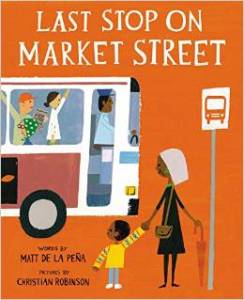
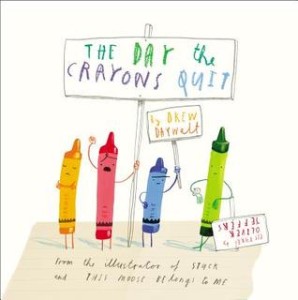




Many of my favorites are on this list. I love the utility of picture books. They can be used across grades and to discuss so many important themes and ideas.
The only one I don’t know is Normal Norman, will find it! I love Dear Dragon, too. There are many that didn’t “make” my list! For older students, you may want to look for Faithful Elephants! Thanks for all and for the descriptions!
I really like seeing which titles teachers would definitely share with older students. Your list has such variety! Some of my favourites here like Each Kindness and Last Stop on Market street.
Thanks for the list. I think it is important to use picture books in all the grades. Loved seeing which ones you share.
I LOVE this book list! As the grades go up, it’s often harder to sell picture books (to the teachers who teach those grades). This list is sure to help!
I’ve read almost all on your list and highly recommend for any age reader, but it’s such a service when PBs are highlighted for hs. As a former hs librarian and now PB writer, TY. BTW, I always had a PB collection, K-12
YES! I love seeing picture books being used with older students! There’s so much value in picture books, and all too often adults brush them off as babyish or juvenile, which is such a terrible shame!
What a great list, and I love that you are still using picture books with secondary students. So much bang for the buck!!